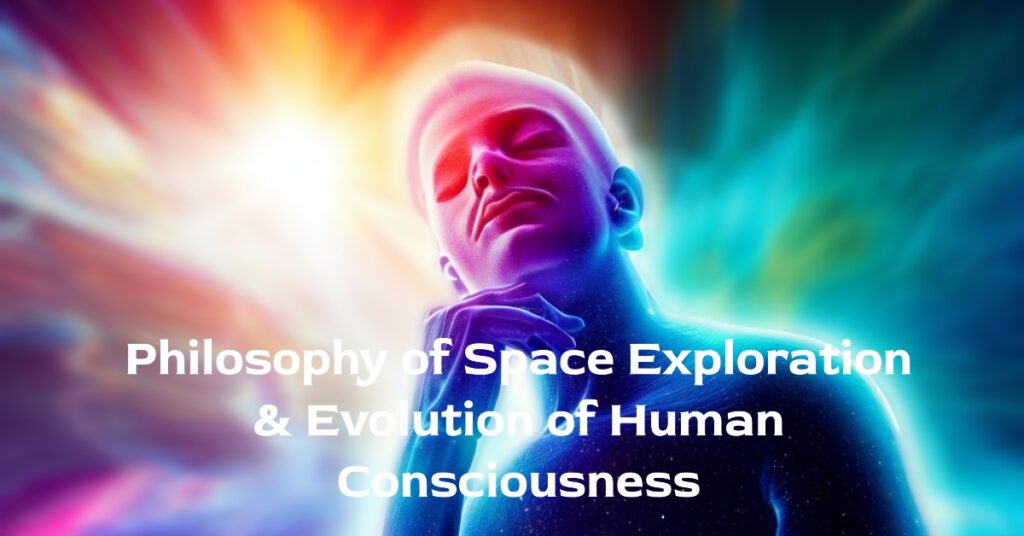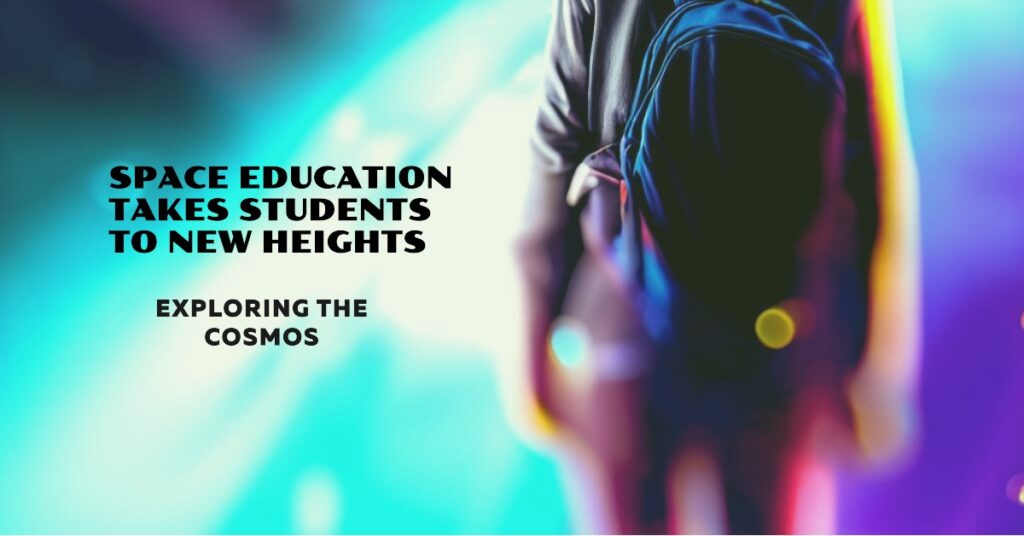STEM education, which stands for Science, Technology, Engineering, and Mathematics, is of utmost importance in the modern world. As societies become increasingly dependent on technology and innovation, the need for a strong foundation in STEM fields becomes crucial.
STEM education equips students with the knowledge and skills necessary to excel in scientific research, technological advancements, engineering marvels, and mathematical problem-solving. It cultivates critical thinking abilities and nurtures a creative mindset that is essential for addressing complex challenges of the 21st century.
The Importance of STEM Education in the Modern World
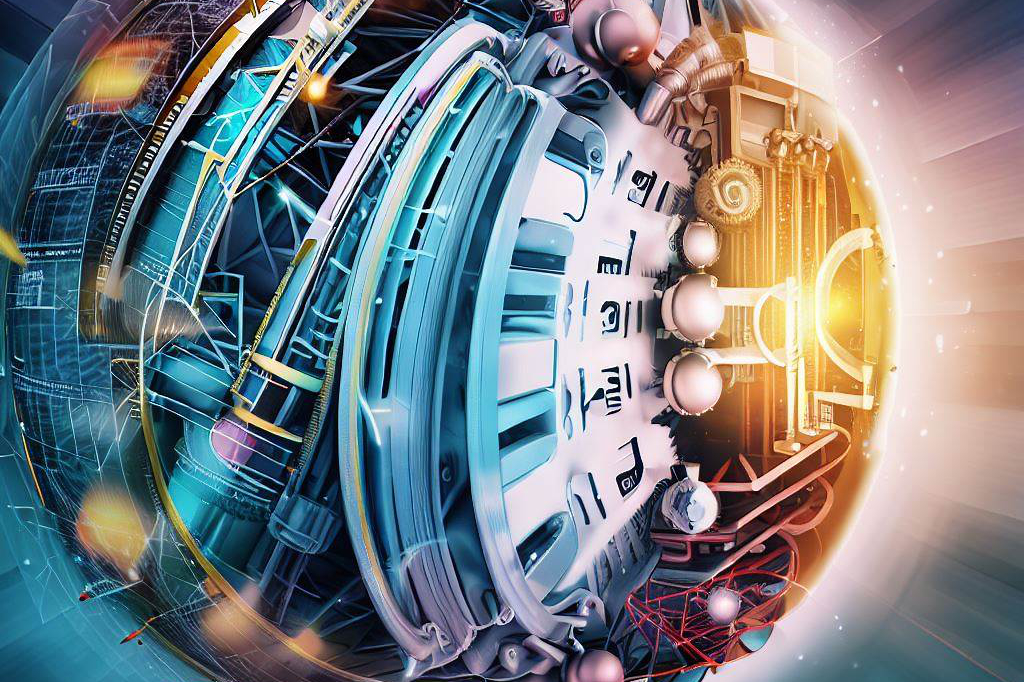
In today’s rapidly evolving world where advancements in science and technology shape our everyday lives, the significance of STEM education cannot be emphasized enough. From healthcare breakthroughs to sustainable energy solutions or space exploration endeavors, STEM disciplines are at the forefront of shaping our future.
A solid foundation in STEM subjects not only equips individuals with practical skills but also fosters a scientific mindset that encourages inquiry-based learning. STEM education opens doors to a wide range of career opportunities that are essential for driving economic growth and societal progress.
By preparing students for jobs across various sectors such as
- healthcare,
- engineering,
- information technology,
- environmental sciences,
and more; it ensures they have diverse pathways to success.
In addition to career prospects alone, understanding STEM concepts also enables individuals to make informed decisions as responsible citizens on issues like climate change or emerging technologies.
The Role of Space Education in Inspiring Students

Space education adds an extra dimension to traditional STEM subjects by capturing imagination with its vastness and possibilities beyond Earth’s boundaries. It serves as a powerful tool for inspiring students to pursue careers in science-related fields by offering a unique blend of wonderment and intellectual stimulation.
When students explore space-related themes such as astronomy or astrophysics through hands-on experiences, they develop a profound sense of curiosity and awe. Space education encourages them to question the mysteries of the universe and ignites a desire to unravel its secrets.
This fascination acts as a catalyst for nurturing young minds, fostering their passion for scientific discovery, and motivating them to pursue STEM careers. Moreover, space education provides tangible connections between abstract STEM concepts and real-world applications.
By studying space exploration missions or satellite technologies, students witness how scientific principles can be translated into practical solutions. This bridge between theory and practice not only enhances their understanding but also instills a sense of purpose in their academic pursuits.
Overview of Space Education

Space education refers to the interdisciplinary field that encompasses teaching and learning activities related to space exploration, astronomy, astrophysics, and the broader study of celestial bodies. It aims to instill in students a fascination for the mysteries of the universe while nurturing their curiosity and scientific thinking skills.
Space education provides a unique opportunity for students to explore and understand our place in the cosmos, fostering a deeper appreciation for science, technology, engineering, and mathematics (STEM) fields. The scope of space education extends far beyond traditional classroom teachings.
It includes various forms of experiential learning, such as hands-on experiments, field trips to observatories or planetariums, simulations of space missions, and even competitions like robotics challenges or model rocket launches. By engaging with these activities, students develop a multifaceted understanding of space science concepts while honing their problem-solving abilities.
Historical Background and Evolution
The roots of space education can be traced back to ancient civilizations’ observations of celestial phenomena. The early astronomers’ discoveries fueled intrigue among scholars throughout history. However, significant advancements in space exploration occurred during the Space Age in the mid-20th century, when countries began launching satellites and manned missions into outer space.
This era sparked widespread interest in understanding our universe better. In recent decades, rapid technological progress has revolutionized space education practices.
The development of sophisticated telescopes like Hubble and modern observatories has allowed scientists to peer into distant galaxies with unprecedented clarity. Furthermore, robotic missions have enabled us to explore planets within our solar system more comprehensively than ever before.
Key Organizations and Initiatives Promoting Space Education
Numerous organizations have played instrumental roles in promoting space education worldwide by developing educational resources, organizing workshops and community events, and fostering collaborative networks among educators. One prominent organization in this field is the National Aeronautics and Space Administration (NASA).
NASA’s education programs target various age groups and offer a wide range of resources, including lesson plans, virtual field trips, and competitions such as the Student Launch Initiative.
Another notable organization is the European Space Agency (ESA), which actively supports space education through initiatives like the ESA Kids website, where children can engage with interactive games and learn about space science in an enjoyable way.
Additionally, the International Astronomical Union (IAU) promotes astronomy education worldwide by providing resources for teachers and organizing global events like the International Year of Astronomy.
In addition to these established organizations, several private companies also contribute to space education.
SpaceX regularly engages with students through interactive sessions and offers internship opportunities for aspiring engineers. Furthermore, initiatives like Virgin Galactic’s Future Astronauts program inspire young minds by providing insights into commercial space travel.
Development of Critical Thinking Skills
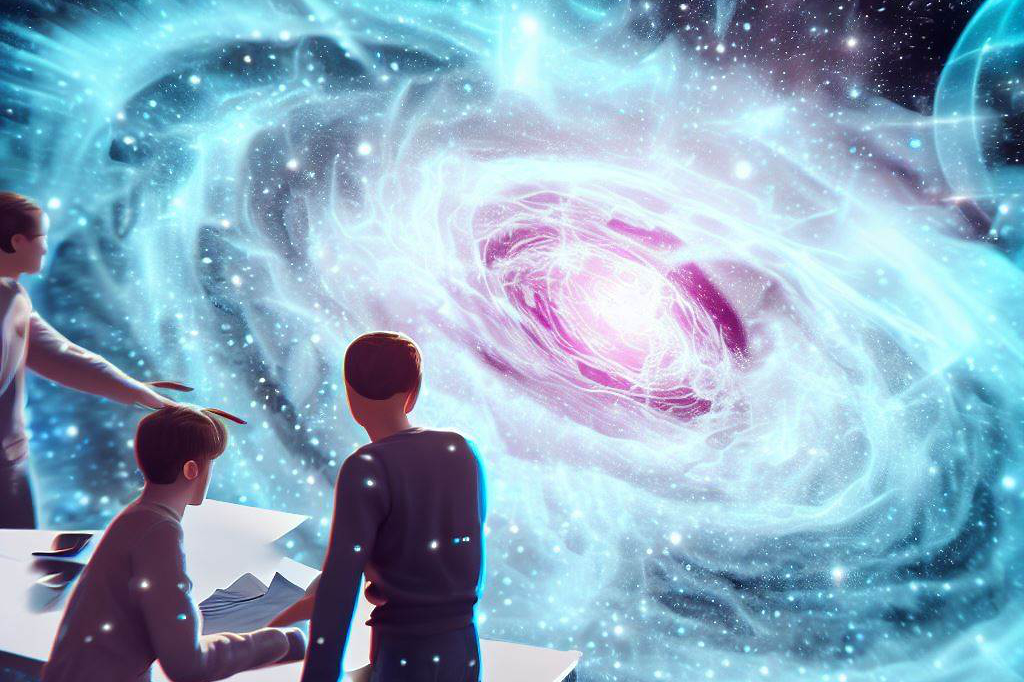
Launching Minds into Orbit
Space education serves as an exceptional vehicle for nurturing critical thinking skills among students.
It propels them beyond the confines of traditional classroom learning and immerses them in real-world scenarios that demand analytical thinking, problem-solving, and creative reasoning. Through the study of space-related subjects, such as rockets or satellites, students are exposed to complex systems that require meticulous analysis and logical deduction.
One way space education enhances critical thinking is by promoting problem-solving abilities through real-world scenarios. Students engage with practical challenges encountered in space exploration and learn to develop innovative solutions by applying scientific principles and engineering techniques.
For example, they might be tasked with designing a reliable life-support system for astronauts on long-duration missions or finding efficient methods to harvest energy from celestial bodies. Furthermore, studying complex systems like rockets or satellites hones analytical skills among students.
The intricacies involved in building and operating these technological marvels necessitate a deep understanding of various scientific principles, including physics, mathematics, engineering concepts, and computer science. By delving into the intricacies of propulsion systems or orbit calculations, students develop the ability to analyze intricate problems systematically and derive logical conclusions based on collected data.
Fostering Curiosity and Imagination
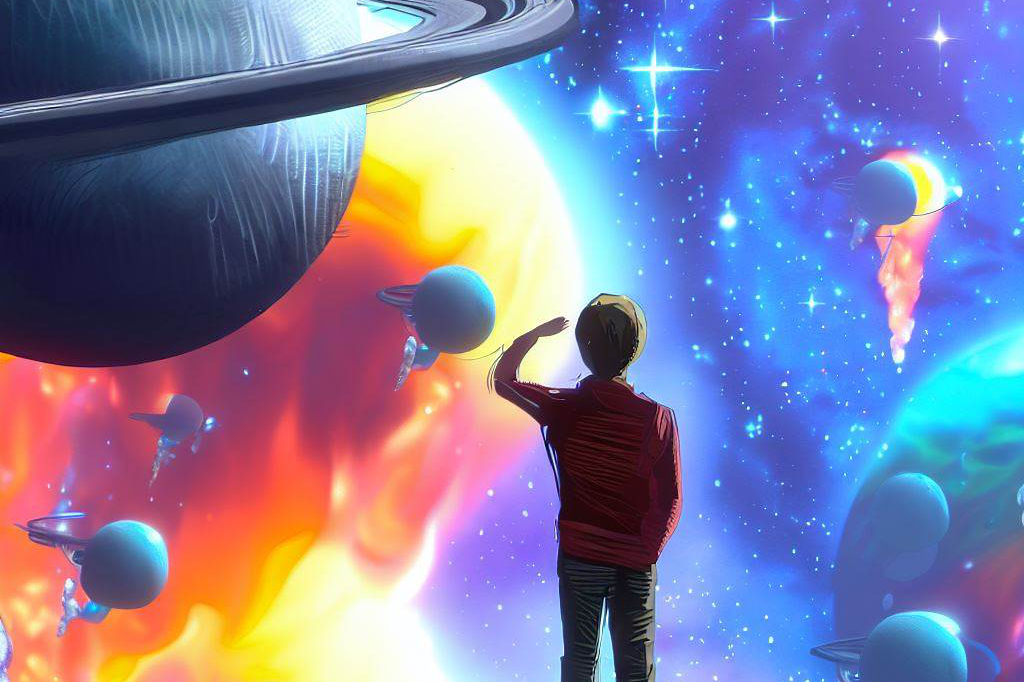
Unleashing Cosmic Creativity
Space education opens up an awe-inspiring realm beyond Earth’s atmosphere that ignites curiosity in young minds.
It fuels their imagination by showcasing the wonders and mysteries that exist beyond our planet’s boundaries. Students are captivated by the idea of exploring unknown realms filled with uncharted territories, distant planets, galaxies brimming with possibilities – possibilities limited only by human imagination.
Through space education programs, students are encouraged to think creatively while designing innovative solutions for challenges inherent in space exploration. They are tasked with conceptualizing spacecraft capable of overcoming the harsh conditions of space, contemplating futuristic means of propulsion, or inventing novel instruments to gather data from celestial bodies.
Such creative exercises unleash their imagination and inspire them to think beyond conventional boundaries, preparing them for tackling the unforeseen challenges that await in future STEM careers. Moreover, space education nurtures curiosity by encouraging students to question the world around them.
As they delve into topics like cosmic evolution, extraterrestrial life, or the formation of celestial bodies, they develop a sense of wonder and an eagerness to explore the unknown. This thirst for knowledge drives their pursuit of answers and motivates them to embark on scientific journeys that fuel their curiosity throughout their academic and professional lives.
Integration of Multiple STEM Disciplines

The Celestial Tapestry of Scientific Collaboration
Space education offers a unique platform for harmoniously integrating various STEM disciplines.
It emphasizes the interconnectedness of physics, mathematics, engineering, and computer science in the context of space exploration. By exploring these interdisciplinary connections, students gain a comprehensive understanding of how different fields converge to solve complex problems encountered in outer space.
The application of physics is paramount in comprehending the fundamental principles governing motion, energy transfer, and celestial mechanics. By delving into gravitational forces acting between planets or orbital dynamics around moons and asteroids, students grasp the underlying physical concepts that drive space missions.
Mathematics plays an integral role in space education as it provides tools for precise calculations essential for successful exploration endeavors. From calculating trajectories through complex equations to analyzing data collected by satellites using statistical models or Fourier analysis techniques – mathematics is intertwined with every facet of space science.
Engineering principles enable students to translate theoretical knowledge into practical applications. They learn how engineering marvels like rockets are designed and constructed while considering factors such as aerodynamics, material science innovations for heat shields or lightweight structures that withstand immense forces exerted during launch and re-entry.
Computer science emerges as an indispensable discipline within space education. The field of space exploration relies heavily on data collection, storage, analysis, and simulation.
Developing algorithms to process vast amounts of information collected by satellites or spacecraft and using computational models to simulate complex astronomical phenomena are some examples of how computer science contributes to the success of space missions. Collaboration across these diverse fields is vital for solving complex problems in space exploration.
Scientists, engineers, mathematicians, and computer scientists work together to engineer innovative solutions that drive humanity’s understanding of the cosmos forward. By experiencing this integration firsthand through space education programs, students develop a holistic perspective that prepares them for pursuing STEM careers where collaboration across disciplines is paramount for success.
Inspiring Careers in STEM through Space Education

Exposure to Diverse Career Opportunities in the Aerospace Industry
Space education provides students with a gateway to an array of exciting and diverse career opportunities within the aerospace industry. One such field is engineering, where students can explore various specializations such as aerospace, mechanical, electrical, and software engineering.
Aerospace engineers are responsible for designing and developing spacecraft and aircraft systems, ensuring they meet stringent safety standards. Mechanical engineers play a crucial role in designing the structural components of space vehicles, while electrical engineers focus on developing communication systems and power distribution networks.
Additionally, software engineers are instrumental in creating the complex computer programs that control spacecraft functions. Another avenue that space education opens up is the world of scientific exploration.
Students with a passion for unraveling the mysteries of the universe can pursue careers as astrophysicists, planetary scientists, or astrobiologists. Astrophysicists study celestial objects and phenomena to deepen our understanding of how our universe functions.
Planetary scientists focus on analyzing planets within our solar system or beyond, examining their atmospheres, surfaces, and potential for supporting life. Astrobiologists explore the possibility of extraterrestrial life by studying environments on Earth that mimic conditions found elsewhere in the cosmos.
Collaboration Across Disciplines: The Power of Integration
One remarkable aspect of space education is its ability to seamlessly integrate multiple STEM disciplines. The pursuit of knowledge about space requires collaboration between various fields to solve complex problems.
For instance, physicists work hand-in-hand with engineers to understand the fundamental principles governing motion in space and develop propulsion systems capable of enabling interplanetary travel. Mathematicians contribute by modeling celestial mechanics or optimizing trajectories for efficient space missions.
Computer scientists provide vital expertise in coding algorithms for data analysis or simulating complex phenomena. Furthermore, collaboration extends beyond these traditional STEM fields when considering space exploration.
Space missions often require input from experts in environmental science, materials science, geology, and even psychology. This interdisciplinary approach not only encourages students to broaden their knowledge but also prepares them for a future where problem-solving demands diverse perspectives and skillsets.
Final Thoughts

Space education holds immense potential for inspiring students to pursue careers in STEM fields. By exposing students to diverse career opportunities within the aerospace industry, such as engineering and scientific research, space education nurtures their passion for exploration and discovery.
The integration of multiple disciplines also fosters collaboration and innovative thinking, preparing students for the complex challenges they may encounter in their future careers. As we continue to push the boundaries of human understanding through space exploration, there is an ever-growing need for talented individuals with skills in science, technology, engineering, and mathematics.
By investing in space education and encouraging young minds to explore the wonders of the cosmos, we empower a new generation of curious thinkers who have the potential to make groundbreaking contributions to society. Let us embrace this journey with optimism and excitement as we inspire more students to reach for the stars and pursue rewarding STEM careers that will shape our future.

C M, a seasoned editor, journalist, and consultant, is deeply fascinated by the convergence of technology, space, and the future of humanity.
With a particular interest in transhumanity, futurology, and the philosophical and ethical dimensions of these domains, C M serves as the lead contributor to SpaceSpotlight and TranscendSphere.
When not penning insightful articles on these rapidly evolving fields, C M indulges in their love for podcasts and books, proudly embracing their status as a ‘Happy Nerd Extraordinaire!’

